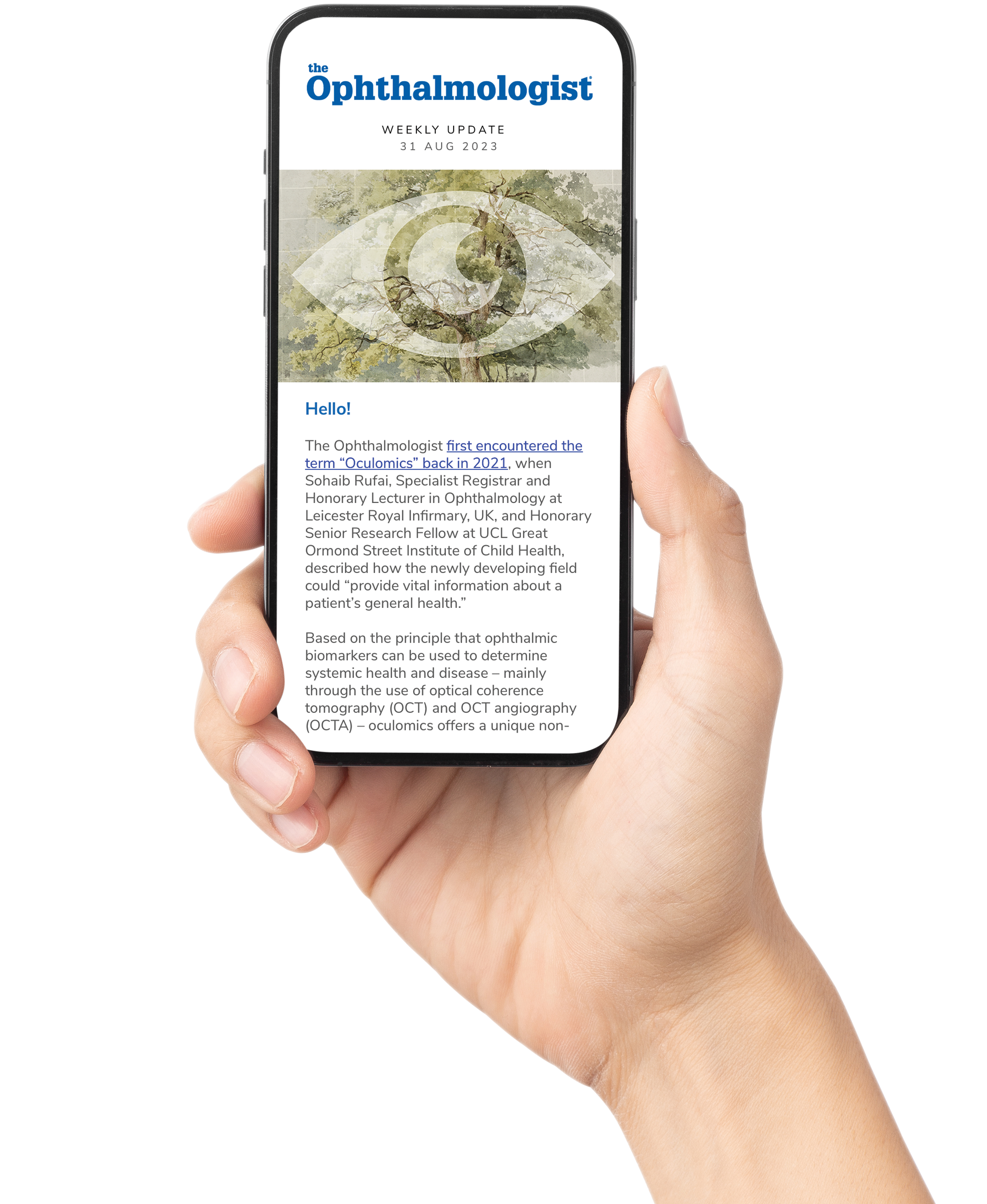
Visual field (VF) assessment remains the cornerstone of glaucoma diagnosis and monitoring. Yet, despite the availability of established qualitative systems, such as those from the Ocular Hypertension Treatment Study (OHTS), subjective interpretation continues to introduce interobserver variability. In a new Ophthalmology Glaucoma study, however, researchers from the University of New South Wales, Australia, have proposed an objective quantitative classification method for VF defects in early glaucoma, aiming to enhance diagnostic precision and reproducibility.
The study involved 1330 eyes from 733 subjects with healthy, suspect, or early glaucoma enrolled in the Frontloading Fields Study at the University of New South Wales. Each eye underwent two consecutive 24-2 SITA-Faster tests, enabling the authors to compare “initial” and “repeatable” VF defects within the same session.
The OHTS classification system – which originally relied on qualitative grading by trained readers – was translated into a quantitative, algorithm-driven model. Using numerical thresholds for probability values across the pattern deviation grid, the authors defined 14 distinct defect patterns, grouped into nerve fiber bundle (bundle) and non-bundle categories.
Among repeatable VF defects, the inferior nasal step emerged as most prevalent (22.6%), followed by the inferior enlarged blind spot (19.1%), superior nasal step (12.6%), and superior enlarged blind spot (11.6%). The frequency of defects was lower when repeatability was required, reflecting the filtering out of spurious findings. As mean deviation (MD) worsened, nasal step defects decreased in frequency while arcuate defects increased, suggesting a progression pattern from focal to more extensive nerve fiber loss.
The study authors argue that objective, rule-based classification offers multiple benefits: improved consistency between clinicians, standardized definitions for research, and educational utility in training environments. In clinical terms, such standardization could enhance early glaucoma detection and support consistent application of NICE referral criteria, which hinge on the identification of VF defects “consistent with glaucoma.”
This large-scale study demonstrates that a quantitative translation of the OHTS system can reproducibly identify common early glaucomatous defect patterns. The most frequent early changes — nasal step and enlarged blind spot — align with known anatomical pathways of retinal nerve fiber damage. By moving VF analysis from subjective judgment to objective computation, this approach may represent a significant step forward in precision glaucoma care.
The study involved 1330 eyes from 733 subjects with healthy, suspect, or early glaucoma enrolled in the Frontloading Fields Study at the University of New South Wales. Each eye underwent two consecutive 24-2 SITA-Faster tests, enabling the authors to compare “initial” and “repeatable” VF defects within the same session.
The OHTS classification system – which originally relied on qualitative grading by trained readers – was translated into a quantitative, algorithm-driven model. Using numerical thresholds for probability values across the pattern deviation grid, the authors defined 14 distinct defect patterns, grouped into nerve fiber bundle (bundle) and non-bundle categories.
Among repeatable VF defects, the inferior nasal step emerged as most prevalent (22.6%), followed by the inferior enlarged blind spot (19.1%), superior nasal step (12.6%), and superior enlarged blind spot (11.6%). The frequency of defects was lower when repeatability was required, reflecting the filtering out of spurious findings. As mean deviation (MD) worsened, nasal step defects decreased in frequency while arcuate defects increased, suggesting a progression pattern from focal to more extensive nerve fiber loss.
The study authors argue that objective, rule-based classification offers multiple benefits: improved consistency between clinicians, standardized definitions for research, and educational utility in training environments. In clinical terms, such standardization could enhance early glaucoma detection and support consistent application of NICE referral criteria, which hinge on the identification of VF defects “consistent with glaucoma.”
This large-scale study demonstrates that a quantitative translation of the OHTS system can reproducibly identify common early glaucomatous defect patterns. The most frequent early changes — nasal step and enlarged blind spot — align with known anatomical pathways of retinal nerve fiber damage. By moving VF analysis from subjective judgment to objective computation, this approach may represent a significant step forward in precision glaucoma care.
